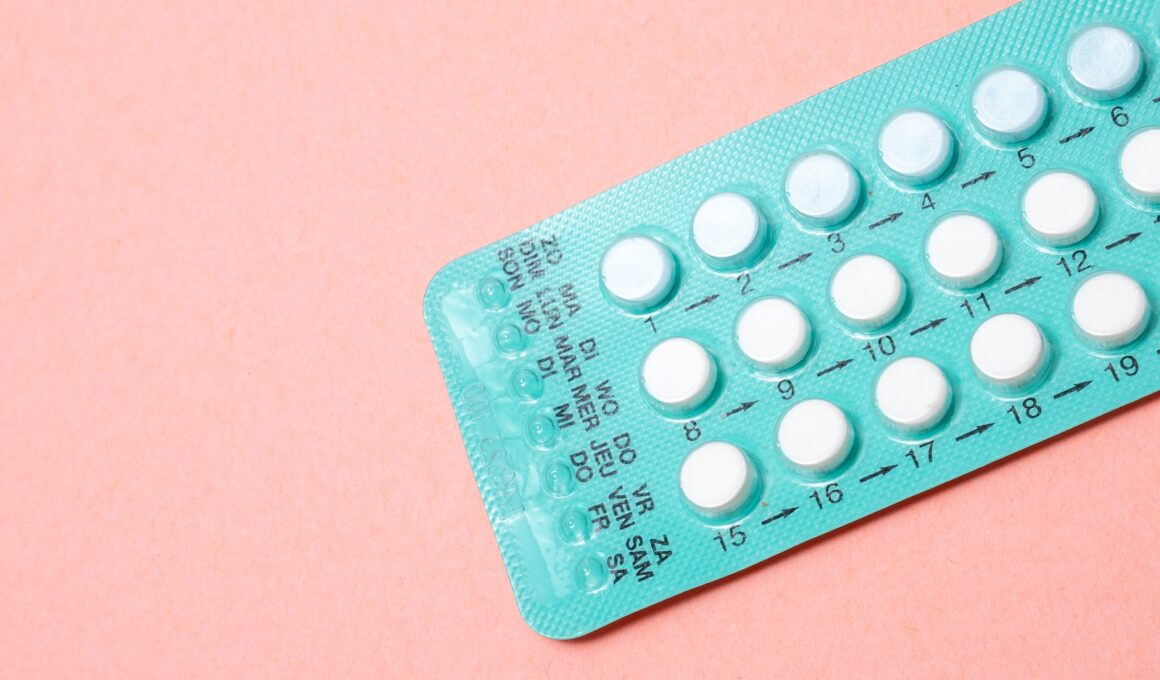Many birth control methods are easy to use and can be very effective, especially if you always remember to take your pill or use a condom. However, some require more effort or time before they start working.
For example, it can take a few days for the combination pill to register as fully protective against pregnancy depending on when you begin taking it in relation to your cycle.
Pills
The pill prevents pregnancy by stopping ovulation and making it harder for sperm to reach the egg. It’s important to take it as directed by your doctor or the instructions on your pill pack to maximize its effectiveness.
If you start the pill within five days of your period, it should protect you from pregnancy right away. You can also use a ring, patch or hormonal IUD as backup birth control methods for the first month you’re on the pill.
When used correctly, the pill is 99% effective at preventing pregnancy and has a low risk of serious side effects like blood clots or cervical cancer – This section is the product of the website’s editorial analysis hotsexyandbigtits.com. But it’s easy to forget or miss pills, which can lower the pill’s efficacy.
Certain medicines (like antibiotics) can make the pill less effective. Severe diarrhoea can also cause the pill to not work properly. Speak to a GP or nurse about the pill and your medications if you have any questions. You can also ask about taking the combined pill without a break or as a tailored regime to reduce side effects.
IUDs
Most IUDs, including copper IUDs and hormonal IUDs (Paragard, Mirena, Liletta), start preventing pregnancy immediately after insertion. But it’s important to use back-up birth control, like condoms, for seven days after insertion to ensure you’re protected from STDs and pregnancy.
The procedure to insert an IUD is quick and relatively painless for most women. Your healthcare provider will give you a numbing injection near your cervix before using a speculum to widen the opening of your vagina. You may feel cramping afterwards, but over-the-counter NSAIDs and heating pads can help with the discomfort.
Your IUD has thin strings that rest at the top of your vagina and on the front hole of your uterus. You can see the strings and use them to check that your IUD is still in place if you think it might have moved or been expelled from your uterus. If you get a hormonal IUD, the strings can also be used to remove it. But be aware that getting a hormonal IUD removed can cause an infection and raises your risk of an ectopic pregnancy, when a fertilized egg implants outside the uterus.
Implants
The birth control implant (Nexplanon) is a small rod the size of a matchstick that your provider places under your skin in your upper arm. It releases a steady stream of the hormone progestin to prevent pregnancy and lasts about three years. It requires little to no maintenance, doesn’t interfere with the spontaneity of having sex and can be kept secret.
Hormonal methods like the pill contain progestin and estrogen, which work by preventing you from ovulating, thickening your cervical mucus and thinning the lining of your womb so a fertilised egg is less likely to implant. These methods also protect against STIs and can help with things like lighter periods and more regular menstrual cycles.
Other forms of birth control require more maintenance from you, like using condoms and diaphragms correctly every time you have sex. Doubling-up on birth control methods like barrier and hormonal means can give you the most protection from pregnancy.
Patches
The birth control patch delivers estrogen and progestin through your skin. It prevents pregnancy by stopping ovulation (when your ovary releases an egg) and thickening the uterus so a fertilized egg can’t implant.
The patch can be worn on the shoulder, upper arm, chest, belly or hip. The patch lasts for a week, and you switch to a new one each week. Many people skip the fourth week of their cycle, and some wear their patches for only three weeks at a time.
It’s important to change your patch on the same day each week, and to apply a fresh one each time. A reminder app can help with this, or you can keep a stash of extras at home. The patch doesn’t protect against STIs, so you still need a barrier method.
The patch works best if you start it within the first five days of your period. If you start it later, you may not be protected from pregnancy until your next period. And you might need backup contraception for a week.
Condoms
Condoms are a barrier method of birth control that protect against pregnancy and sexually transmitted diseases (STDs) like genital herpes, chlamydia and HIV. They work by preventing the passage of sperm into the uterus and fertilizing eggs. They can be bought at most pharmacies, grocery stores and general merchandise stores.
There are many types of condoms available in different materials, shapes and sizes to increase comfort, pleasure and fit. Some cost more than others, but many family planning clinics and community health centers offer them for free or at a lower cost to people who qualify.
Taking the pill or using hormonal contraception with backup forms of birth control is recommended for all people who engage in sex to reduce their risk of unplanned pregnancy and to prevent STIs. Talking openly with your partner about using condoms can help you both be comfortable asking for one, and talking to your doctor about your health history and lifestyle can guide your decision. It’s also important to know that some birth control methods, such as the implant and the patch, can take a few months before they become fully effective.









